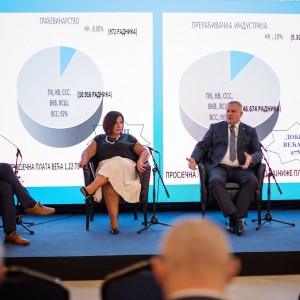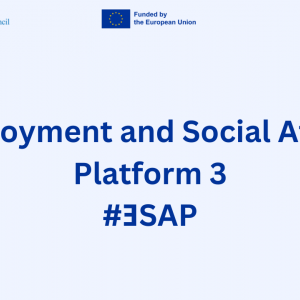How women are being left behind in the quest for decent work for all

How women are being left behind in the quest for decent work for all (Photo: ilostat.ilo.org)
The United Nations' Sustainable Development Goals set out a shared vision to end poverty, fight inequality and injustice, and tackle climate change by 2030. Will the pandemic reverse progress in advancing decent work for all as prescribed under Goal 8? It seems likely, at least for women.
Even before the onset of the pandemic, gender equality in the workplace remained elusive. Now women are on the front lines of the COVID-19 crisis, as they make up the bulk of essential workers, including 70% of health-care workers. Yet, worldwide and across all regions and income groups, the pandemic has hit women’s labour market opportunities hardest. This is likely to reverse some of the progress made under Goal 8, which aims to “promote sustained, inclusive and sustainable economic growth, full and productive employment and decent work for all”. Although we do not have enough global data available yet to understand the pandemic’s full impact on labour markets, here is a glimpse of what we do know.
Steeper employment losses for women than men, with many dropping out of the labour force entirely
The labour market disruption in 2020 far exceeded the impact of the global financial crisis of 2009. Employment losses were not only unprecedented but also steeper for women (5.0 per cent) than for men (3.9 per cent).
Moreover, as school closures due to lockdowns required more at-home supervision of children, women were much more likely to drop out of the labour force than men in order to provide such care. This is further increasing the longstanding gender gaps in labour force participation rates. In 2019, before the pandemic even began, labour force participation of prime-age men was 93.5 per cent, compared to only 62.1 per cent for prime-age women. The rate was even lower for partnered women with young children.
Women’s underrepresentation in management positions likely to worsen
The share of women in managerial positions worldwide has shown slow progress in the last two decades. It rose by less than 3 percentage points since 2000. By 2019, even though women accounted for nearly 39 per cent of the global labour force, they occupied only 28 per cent of managerial positions. This suggests that the glass ceiling is still very much in place, with men continuing to dominate decision-making positions such as CEO, senior officials and legislators, filling almost three-quarters of these occupations.
Meanwhile, the pandemic’s disproportional impact on women threatens to roll back the little progress made these last decades. The share of women in managerial positions decreased, sometimes significantly, from the fourth quarter of 2019 to the third quarter of 2020 in more than half of the 47 countries with available data. Quarterly figures were available mostly for high-income countries. Nonetheless, this pattern is likely to hold true in lower income countries, where often more than half of female managers are self-employed. Social distancing measures, lock-downs and distorted supply chains and markets have exacerbated structural inequities and challenges that typically impede the performance and growth of women-owned businesses, and resulted in many closing down operations.
An increasing share of young women not in education, employment or training
Worldwide, the share of youth not in education, employment or training (NEET) has shown no significant signs of improvement in more than a decade, while female youth continued to be disproportionally impacted compared to their male counterparts. In 2019, young women were more than twice as likely as young men to be jobless and not in education nor training.
While global figures are not yet available for 2020 as a whole, quarterly figures show the NEET rate was higher in the second quarter of 2020 than the prior year in 45 out of 50 countries with available data. This is not surprising since lockdown measures from the COVID-19 pandemic caused unprecedented employment losses in 2020, with higher losses for young workers (8.7 per cent) than for older workers (3.7 per cent). Meanwhile, both technical and vocational education and on-the-job training suffered massive disruption, forcing many to quit their studies.
The worsening situation for young people due to the COVID-19 crisis is particularly worrisome for young women. Almost a third of female youth worldwide were already not in education, employment or training in 2019.
An estimated 1.6 billion informal economy workers – that is, 76 per cent of informal workers globally — were significantly impacted by the lockdown measures and/or working in the hardest-hit sectors such as accommodation and food services. Among them, women were overrepresented in high-risk sectors: 42 per cent of women workers were working in those sectors, compared to 32 per cent of men.
While informal employment tends to increase during crises, often acting as a “default” option for survival or maintaining income, the limitations on the movement of people and goods during the COVID-19 pandemic have restricted this type of coping mechanism. This, in turn, has left informal workers and their families in a highly precarious position, exposed to sudden income losses and facing heightened risks of falling into poverty.
As we have known for some time, the COVID-19 crisis has had disproportionate impacts on women. The available data is increasingly showing to what extent this is exacerbating existing gender inequalities. In this context, to build back better and fairer, employment policies must put gender equality at the core of the recovery efforts, while we must also strengthen gender measures and data to adequately quantify the challenges we face.
Download: EN





